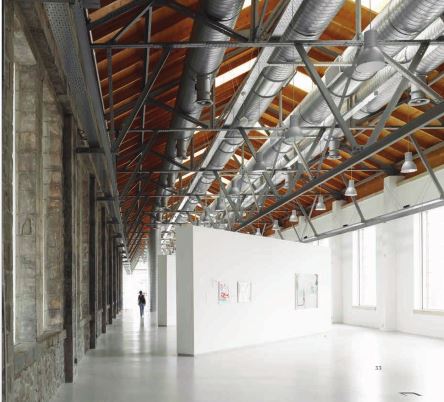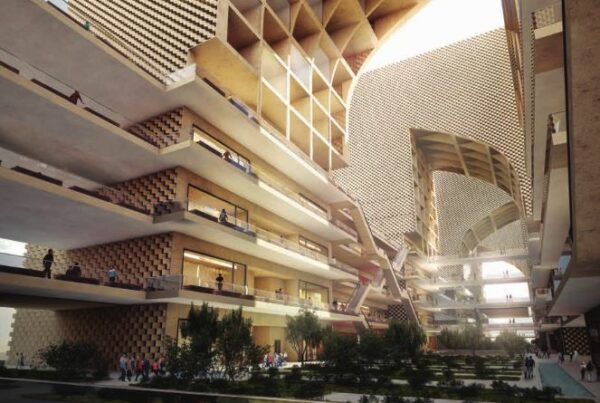2A Asia Architecture Award 2015
2AAA 2015 was the very first award of the 2A Continental Architectural Awards that has been organized. The award took place in Istanbul and even though it was the first year of the award, the response to the call was surprisingly strong. The following text is a brief description of this award:
Jury Members

Seung H-Sang
Architect, He Established His Office ‘IROJE Architects&Planners’ in 1989, He Won Various Prizes with His Practice and Works, AIA Invested Him with Honorary Fellow of AIA in 2002, Korea National Museum of Contemporary of Art Selected Him as ‘the Artist of Year 2002’, First Time for an Architect. Korean Goverment Honored Him with Korea Award for Art & Culture.

Architect, A double Graduate from Cambridge University (Economics) and the Architectural Association in London, He Established the Design Firm Romi Khosla Design Studio on His Return to India in 1972, Principle Consultant to UNDP, UNESCO, UNOPS. Jury Member of Aga Khan Awards and Trustee of The India Foundation for the Arts.

Architect, Director of Shirdel & Associates Architects and urban planners: an award winning international practice, previously in U.S.A & U.K, now in Iran. He has been, Director of Graduate Design program at the Architectural Association of London and he has thought design & theory at Graduate School of Design at Harvard University, southern California Institute of Architecture and other universities world wide.

Architect, Researcher, Professor of Yildiz Technical University, Maltepe University & Okan University. He Established His Own Architectural office with Norwin Rummel in Stuttgart – Fellbach in 1978, He Won Various Prizes with his Practice and Works.

Sinan Mert Sener
Architect, Dean of Istanbul Technical University, Faculty of Architecture. He Also Won 16 National Architectural Competition Degree and Mentions Between 1990-2004. He published two books, many science articles in international architectural journals.
2A Asia Architecture Award: A Look into 2AAA 2015
Member of Organizing Committee
The first 2A Asia Architecture Award; 2AAA 2015 has now attained its final step for the year 2015 by presenting this Special Issue as the extractive of almost a year-long collaboration between 2AAA team, and all contributors. The concept of 2A Asia Architecture Award has risen from the very first objective of 2A magazine to facilitate and contribute to professional dialogues between architects in Asia and all over the world.Planned and organized as an annual event by 2A magazine, the primary goal of the award is to glorify the importance of cultural and ecological identity along with physical aspects of architecture in Asia. To achieve that, 2AAA is to recognize architectural achievements in Asia which originate from their specific socio- cultural, ecological and geographical localities or possess specific quality and characteristics attributable to their local origins physically or non- physically.
The ultimate destination of this award is to become a turning point allowing practitioners to pause and reflect upon what Asia, as part of global community, have achieved and contributed to the architecture, originated or inspired by its own rich architectural, ecological and socio- cultural grounds.
As the first year, the 2AAA 2015 was announced with the theme: “The Emergence of Contemporary Architecture in Asia” to highlight the essences of Architecture in contemporary Asia, acknowledging recent urban, rural, and architectural experiences in Asia whose innovative characters act as an orientation or even a manifesto in Searching for an Asian essence in the architecture.
2AAA 2015 was planned as an event subtending a one-day conference (15 October 2015) alongside the award ceremony (16 October 2015). Following the same vision and mission of the award, the Conference with the theme “Asia Architecture on the Way of Transition” developed a professional platform to share, and discuss about how we, i.e., Asia, can be both a part of the world society and cut across the syndrome of globalization in Architecture. With respect to the concept, some distinguished examples of contemporary architecture in Asia were presented and discussed by the speakers.
The 2AAA 2015 was held in conjunction with ITÜ Mimarlık Fakültesi (The faculty of Architecture of Istanbul Technical University) as the academic partner. The two-day event (15 – 16 October) was held in the main conference hall of Taşkışla Kampüsü. The following report outlines characteristics and judgment process of the award leading to the selection of the winning entries.
Structure:
The 2AAA 2015 organized in two stages and seven category of entries as follows:
1) Residential,
2) Commercial (Office & Business, Retail and wholesale, Production),
3) Public (Sport & Leisure, Education, Hospitality, Culture, Mixed Use, Health, Religion, Civic, Transportation),
4) Urban Projects, Rural Projects, Community-based projects, Landscape & Public Spaces (Including squares and streets),
5) Old and New (Reuse and adaptation, Renovation, Restoration, Regeneration),
6) Interior Design, and
7) Future Projects/Innovative Designs: Design-only or unbuilt future projects which represent an innovative design, having addressed, challenged or responded to an architectural-related issue (physical, ecological, socio-cultural, contextual, technical and…).
The First Stage Entry was open to all non-student projects which can meet these conditions:
– The Project should have been built /located in one of the Asian countries.
– The project should have been completed on or after 01 January 2001. For the future project category, the design dates should have not been older than 2001.
The second Stage was a selective and limited competition between the short listed of the First Stage judging round leaded to the selection of final winners.
Jury:
A jury comprised of leading architects and professionals from India (Romi Khosla), Iran (Bahram Shirdel), South Korea (Seung H-Sang) and Turkey (Sinan Mert Sener and Yavuz Selim Sepin) evaluated the projects in two stages and with reference to the award main goal and respective judging criteria defined as: Design Achievement, Contextual Analysis and Studies, Technical Advancement, Innovative Use of Material, Reflection of Sense of Place and Ecology, Reflection of Cultural Identity, Social Responsibility and Community and Urban Connectivity, and Effects of Economical Condition.
Submission and Judging process:
The first stage submission was completely digital and online. It was launched on 15 June 2015 with more than 600 submissions by architects from around the world before the stage one entry final deadline of 15 August 2015. Each entrant was supposed to submit Two A2- size entry board designs together with the project description, and some basic data of the project program and its professional credit.Following probity and eligibility checks, out of 613 submitted projects in the seven categories 374 projects from the following Asian countries have been accepted as eligible entries: Afghanistan, Azerbaijan, Bangladesh, China, India, Indonesia, Iran, Japan, Lebanon, Nepal, Qatar, Republic of Maldives, Saudi Arabia, Singapore, South Korea, Sri Lanka, Taiwan, Thailand, Turkey, and Vietnam. The projects’ lead architects came from all over the world included the above Asian countries together with non- Asian countries of Canada, Germany, Italy, Netherlands, United Kingdom, and United States of America.
During August 2015, these entries, have been reviewed, assessed and scored by Jury with respect to the detailed judging criteria specified for each category on the basis of the award main mission and vision. 145 projects in the seven categories succeeded to receive the accepted score and therefore were invited to submit their final boards for the second stage judgment and thereupon 2AAA 2015 exhibition. At the second week of October 2015, all 145 first stage nominated boards – included 2 x A2 sheets per entry, submitted during the period of 17th till the end of September 2015 – were pinned up on display in ITÜ Mimarlık Fakültesi for the round Two judgment.
On 12 October 2015 the Jury reviewed the boards and with respect to the specified criteria, each jury selected three projects from each category. The total number of 51 projects, were selected at this phase to proceed forward for further consideration. The selected projects were reviewed in an open discussion by all Jury members and juries discussed their arguments and defends for their selections. The round two done by voting to the selected projects, and based on the numbers of votes had been received, three projects in each category were recognized as first, second and third places respectively. Also in 5 categories some projects selected as special mentions: (Urban: 3/ Residential: 1/ Public: 1/ Old & New: 1 / Interior Design: 2)
Finally, on Friday 16 October 2015, at the award ceremony taking place in Main Conference Hall of ITÜ Mimarlık Fakültesi, Taşkışla Kampüsü and with presence of many first stage shortlisted projects’ representatives, the 29 final selected projects – each category featuring three winners from first to third places and 8 special mentions in 5 categories- were announced and awarded publically. The 2AAA 2015 Exhibition, presenting all 145 first stage shortlisted projects launched officially at the same day and venue.
And now, at final step of 2015 event, this architectural book gives audience, an overview of the remarkable ranges of architectural experiences and ideas contributed to this worldwide event of Architecture in Asia. The essence of the first stage nominated projects, presented in this book is clearly delivered 2A magazine message: Through this distinctive thread of design excellence, innovation and creativity in our built environment, we could hope a more ecological and social friendly, and even culturally distinctive future for architecture in Asia. We are Looking forward to the next tranche of 2A Asia Architecture Award; 2AAA 2016 in which we are sure that we will see more stunning representatives of Asian essence in architecture.
Member of Organizing Committee
“Design excellence is often the result of a well-planned and clearly executed design competition.” 1
The following report briefly outlines the structure of the 2A Asia Architecture Award (2AAA), articulating the process for and considerations made in arriving at the selection of the winning projects.
This report is divided into three distinct parts, the:
• broad objectives of the competition;
• judging criteria; and
• judging process.
Broad Objectives of the Competition
The theme of this year’s award was “The Emergence of Contemporary Architecture in Asia.” Accordingly, the Award recognized an individual or group’s substantial contribution to today’s architecture in Asia in terms of contemporary challenges in the field and region, which had a lasting influence on the theory and practice of architecture.
2A Magazine, the organizer of the award, has always emphasized unique regional distinctions, rather than global modernism in architecture and the associated extinction of cultural identity. Accordingly, this award provided a context for recognizing and highlighting the essence of architectural identity in Asia, and presenting it to an international audience.
The award criteria were also published on the website. The organizing committee developed a detailed set of guidelines for the jury members to use when evaluating projects, and distributed it to them in advance of the judgment process. In the online review, the criteria were displayed on every page. There were three sets of criteria for the seven categories of projects:
– Technical advancement, including engineering achievements (structural, mechanical, etc.) and innovative use of materials
– Reflection of sense of place, ecology, environmental sustainability, and cultural identity
– Social responsibility, community, and urban connectivity
– The effects of economic conditions on the project
– Contextual analysis and study
– Reflection of sense of place, ecology, environmental sustainability, and cultural identity
– Social responsibility, community, and urban connectivity
– The effects of economic conditions on the project
– Technical advancement, including engineering achievements (construction detail, structural, mechanical, etc.)
– Innovative use of materials and experimentation with new materials
– Reflection of sense of place, ecology, environmental sustainability, and cultural identity
– Social and economic responsibility
Judging Process
The award review had a three-stage process, the: pre-review, blind review, and discussion review.
 Figure 1: The two-stage judging process conducted subsequent to the pre-review
Figure 1: The two-stage judging process conducted subsequent to the pre-review
Pre-review Process
613 projects were registered online. At this stage, all submitted projects went through a technical review to verify that they met the award standards. To maintain the quality of entries and ensure the required documents, all submissions were required to go through this pre-review stage. Out of 613 submitted projects in seven categories, 374 projects met the award submission standard and were qualified to be reviewed by the jury.
Blind Review with Online Scoring
In this stage, jury members were asked to assess two PDF files and a project description for each entry, and score them based on the general goal of the prize. The purpose of the contest was to locate and highlight contemporary urban, landscape, and architectural works in Asia whose innovative characteristics epitomized the Search for Asian Spirit in Architecture, and who contributed to a new direction and order for Asian cities. Based on the judging criteria, each project could receive a score from 1 to 10. Each was reviewed and evaluated with other projects in the same category. Although the majority of the evaluation criteria were common among all categories, each category’s submissions were evaluated separately.
Discussion Review in Turkey
In this final stage, award winners were selected based on a selective basis. All of the jury members had copies of the competition criteria and reviewed the projects accordingly. During the deliberations, selection decisions were made in several rounds and by voice vote. Each jury determined its own voting procedures. More important than the tally procedure, though, was the exchange of views taking place during the jury’s deliberations. The final decisions evolved from that dialogue.

The acceptance rate of the projects in pre-review stage: 61%
The acceptance rate of the projects in 1st stage judgment: 39%
The acceptance rate of the projects in 2nd stage judgment: 20%
The average acceptance rate of the 2015 2AAA: 4%
Acknowledgement: As an organizing committee member for the Asia Architecture Award, I would like to thank 2A Magazine for initiating the competition. I also appreciate the participation of the jury members in the award process.
1. The Handbook of Architectural Design Competitions, published in 2007 by the American Institute of Architects.
The 2015 2A Asia Architecture Award Winners announced
on October 2015- Istanbul, Turkey
2A magazine is pleased to announce the final winners of 2A Asia Architecture Award 2015 (2AAA 2015). Under the organization of 2A magazine and presence of Ahmad Zohadi (CEO of 2A magazine and chief organizer of the award) The 2015 jury, Romi KHosla, Bahram Shirel, Seung H-Sang, Sinan Mert Sener, and Yavuz Selim Sepin decided on the winners for each category in a jury panel took place in ITÜ Mimarlık Fakültesi (Taşkışla Kampüsü).
This year’s 2AAA took place in two stages. The First Stage Entry started at June 15, and with 20 days extension, closed on August 4, 2015.
The response to the Call for the submission was very strong. Out of 613 submitted projects in seven categories, around 400 projects have been met the award submission standard in the first stage.
During August 2015, the entries from 7 categories, have been reviewed and assessed by Jury and with respect to the award main goal which is defined as:
To identify essences of Architecture in Asia and to glorify the importance of social and cultural identity and significance of spirituality along with physical aspects of architecture.
• Design Achievement
• Contextual Analysis and Studies
• Technical Advancement
• Innovative Use of Material
• Reflection of Sense of Place and Ecology (Environmental Sustainability)
• Reflection of Cultural Identity
• Social Responsibility and Community and Urban Connectivity
• Effects of Economical Condition
45 projects received the accepted score in 7 categories and invited to submit final boards for the second stage judgment and the exhibition. At second stage, short listed printed boards were presented in and discussed by the jury board on October 12, 2015 in ITÜ Mimarlık Fakültesi.
Based on the award criteria each jury selected three projects from each category, and jury members dıscussed their defends for their selections. The total number of 51 projects out of 145, were selected at this process.
The final stage judgment done by voting to the projects, and based on the numbers of votes had been received, three projects were recognized as first, second and third places respectively. Also in 5 categories some projects selected as honorable mentions.
Public

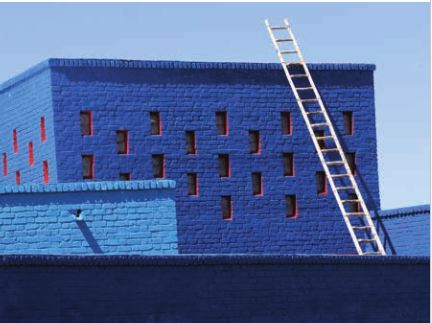

Commercial
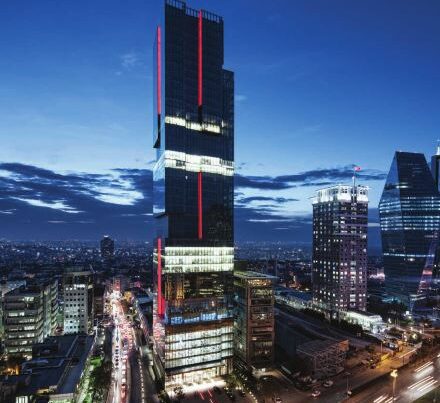
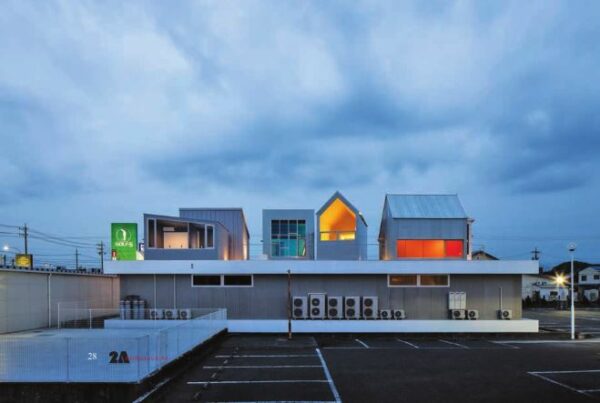
Old and New
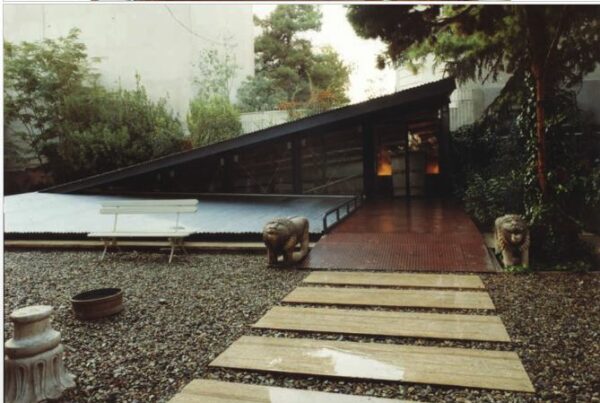


Residential

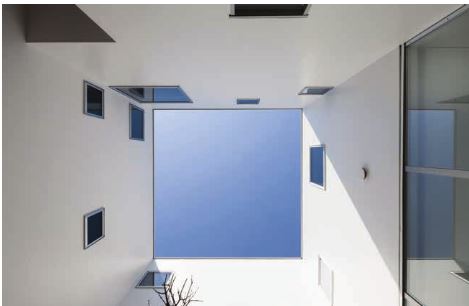
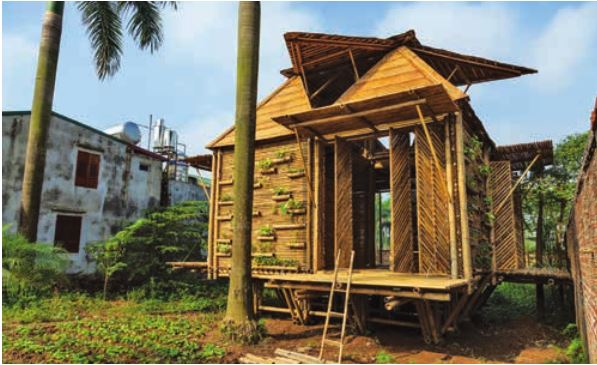
Urban, Rural Projects, Landscape & Public Spaces


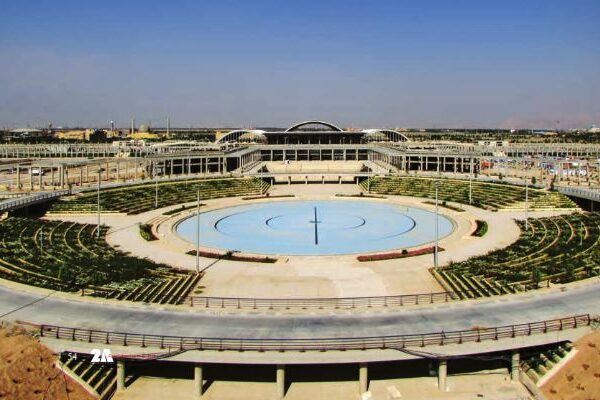


Future Projects and innovative Designs


Interior Design


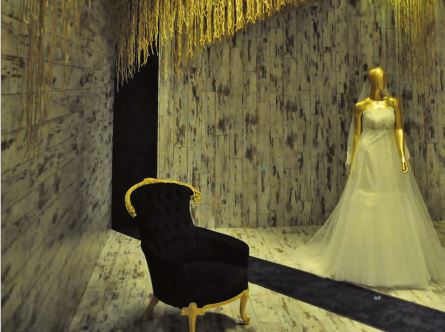
Organized by

Academic Partner

Photo Gallery




